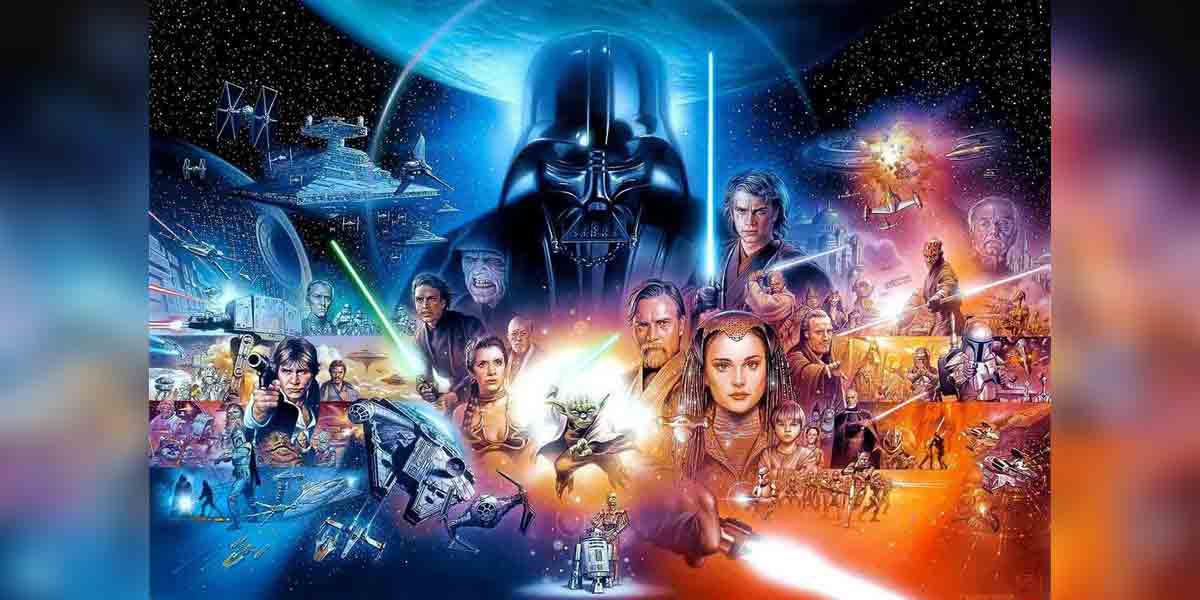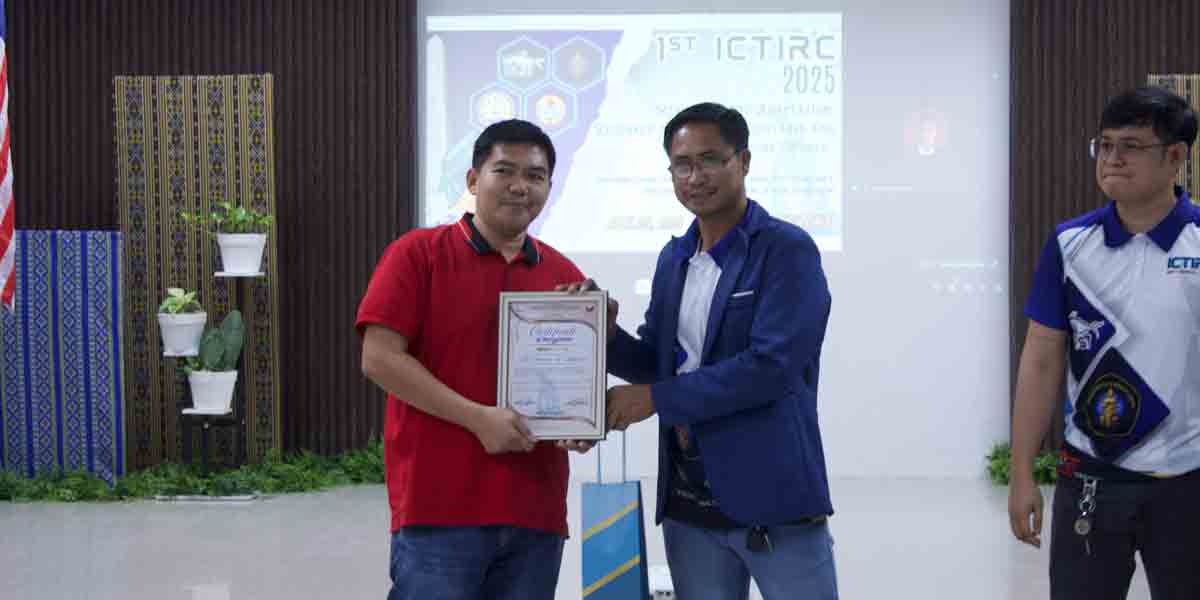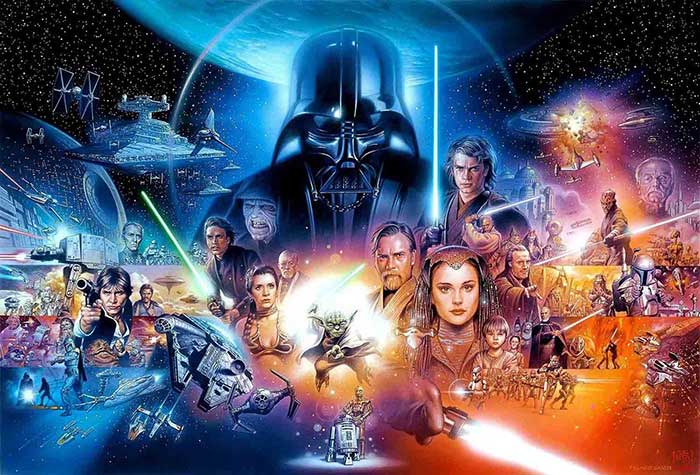By John Anthony S. Estolloso
RARELY DOES the camera become a medium of myth. But you never tell George Lucas the odds of recreating one in film.
Star Wars has become a cultural phenomenon, ingraining itself into the mainstream that has far exceeded the cinema. One needs no explanation when one sees a lit lightsaber. You just wave it while twisting yourself in preposterous poses, and consciously or not, you make electric, whirring sounds. At the back of your head, you are humming John Williams’ film score.
Lucas would probably end his days with this one endurant creation to his name, and regardless if Disney screws up the next episodes and spin-offs of the franchise, he can rest easy with the assurance of having provided his generation with the mythic renewal crucial to any time period. Reaching beyond the camera and the editing room, Lucas is a modern mythmaker.
What most fail to realize is the literary value of the cinematic narrative: in the world-building process for Star Wars, Lucas has rewritten the fabric of mythology. In the most basic images and in the grandest dimensions, the storylines let surface the enduring themes that remind us of our humanity and what influences our worldviews. In a 2007 documentary by History Channel, personages from politics, film, literature, and the academe explored these enduring ideas and if one takes a second and more in-depth ‘viewing’ of the films, we encounter the archetypal, political, and religious nuances embedded in the storytelling.
As literature, Star Wars is a Campbellian retelling of the Hero’s Journey. To note, Joseph Campbell’s thesis that all stories following an archetypal storyline reflecting our collective unconscious finds its roots in Jungian symbolism: we essentially tell the same stories using the same essential images and metaphors because we share the same essential humanity, despite cultural or religious differences.
Nowhere was this more visible than in the films’ imagery. Retracing stages of various archetypal narratives, the films update figures and situations from classical or contemporary literature and endow these with a relevance that turn these characters or situations into cultural fixtures which goes beyond mere ephemera. Augmenting this bold move would be its projection as ‘grand cinema’: John Williams’ unabashed use of Wagnerian leitmotif, so contrary to the film scoring of cult movies of its time, brightens the narrative with an epic opulence: no, it’s not mere sci-fi, it’s a space opera.
The political undercurrents of Star Wars remain a topic of discussion in many literary circles. Considering the contexts of ‘A New Hope’s initial release in 1977, it held up a mirror to American culture and politics still reeling from the Vietnam War, the Nixon years, and the contemporary Woodstock beatnik bohemianism, even as it drew parallels from classical history when republics deteriorated into empires.
At a time when morals were questioned and attitudes towards enforced authority were put on the line, religious themes were likewise sublimated rather than overtly presented. As such, religion was viewed as a spiritual anchor (not so unlike from traditional viewpoints) even as those directly involved in it can tip the balance between good and evil – and it is precisely this central conflict that moves the story forward. Jedi or Sith, it is still the same integral divergence and clash between light and shadow that would provide any narrative its soul.
Granted, Lucas’ vision leans towards the profoundly dramatic rather than sheer cinematic candy. Deep beyond the lightsaber duels or the dazzling space battles is something more inherently fundamental yet radically spiritual. Cerebral as it sounds, the invitation of the film – or the cinematic literature – is to revisit What Has Been.
But such is the function of myth: the stories of classical deities and heroes that we read from Edith Hamilton and Thomas Bullfinch were originally drama to be performed to an audience aware of the social, political, and economic issues of their times. Their playwrights wrote of war, tragedy, romance, treachery, hubris, revenge, and divine justice to provide an honest mirror that the listener or viewer might find solace in knowing that there is companionship in the fight for the right.
For whatever Disneyfied future the franchise will have, Star Wars will always be a story of struggle, hope, and redemption – as it always has, and as always demanded by our human psyche. The same message reaches across the stars, albeit in a galaxy far, far away: You are not alone in the fight – and yes, George Lucas just made sure of that.
[The writer is a faculty member of one of the private schools of the city. Image is from Spencer Mullen via Google.]





















